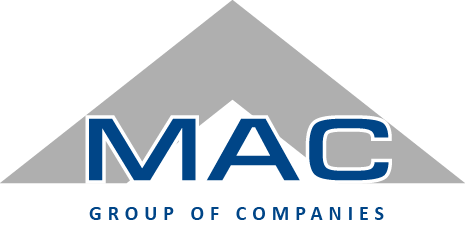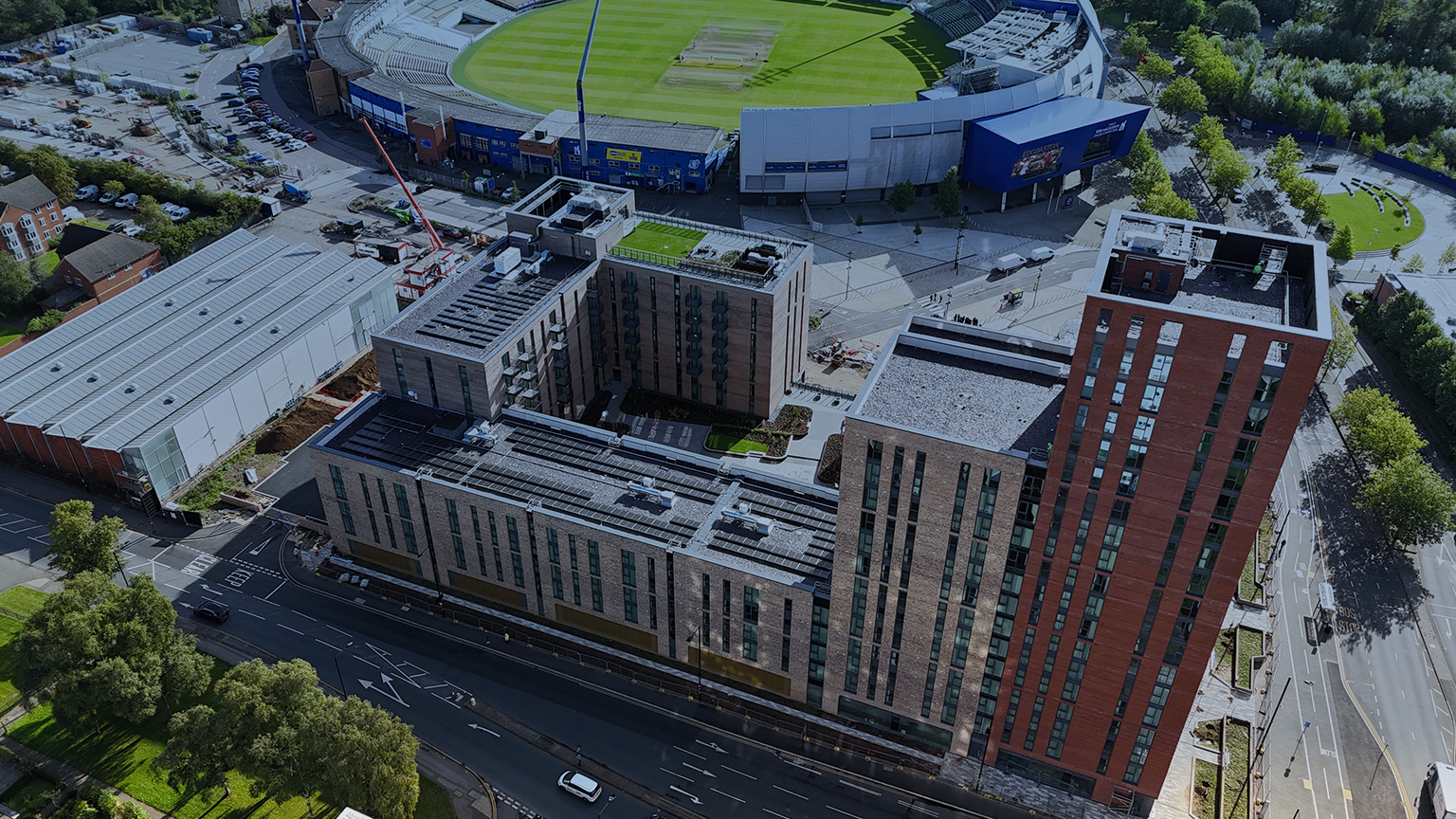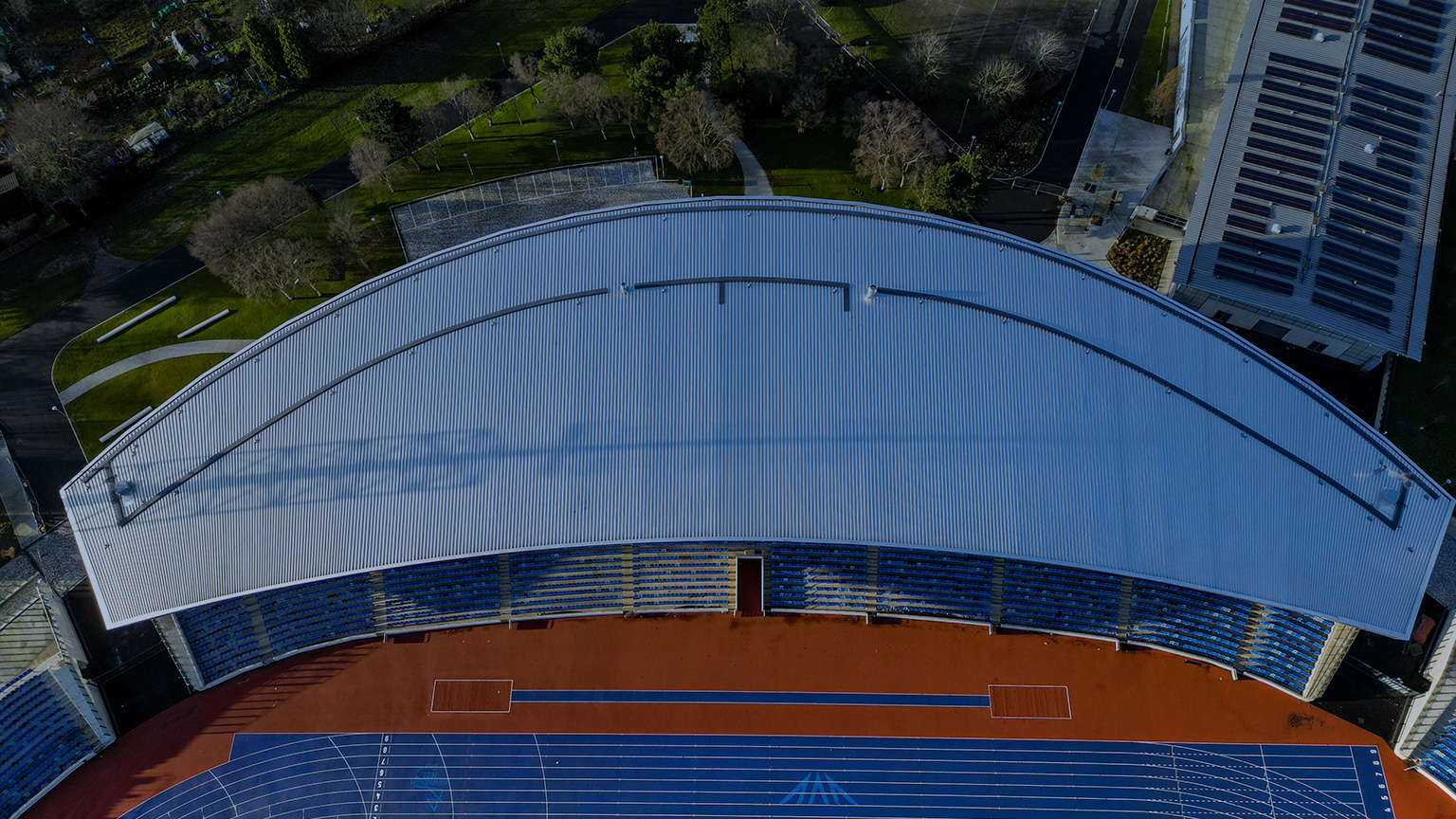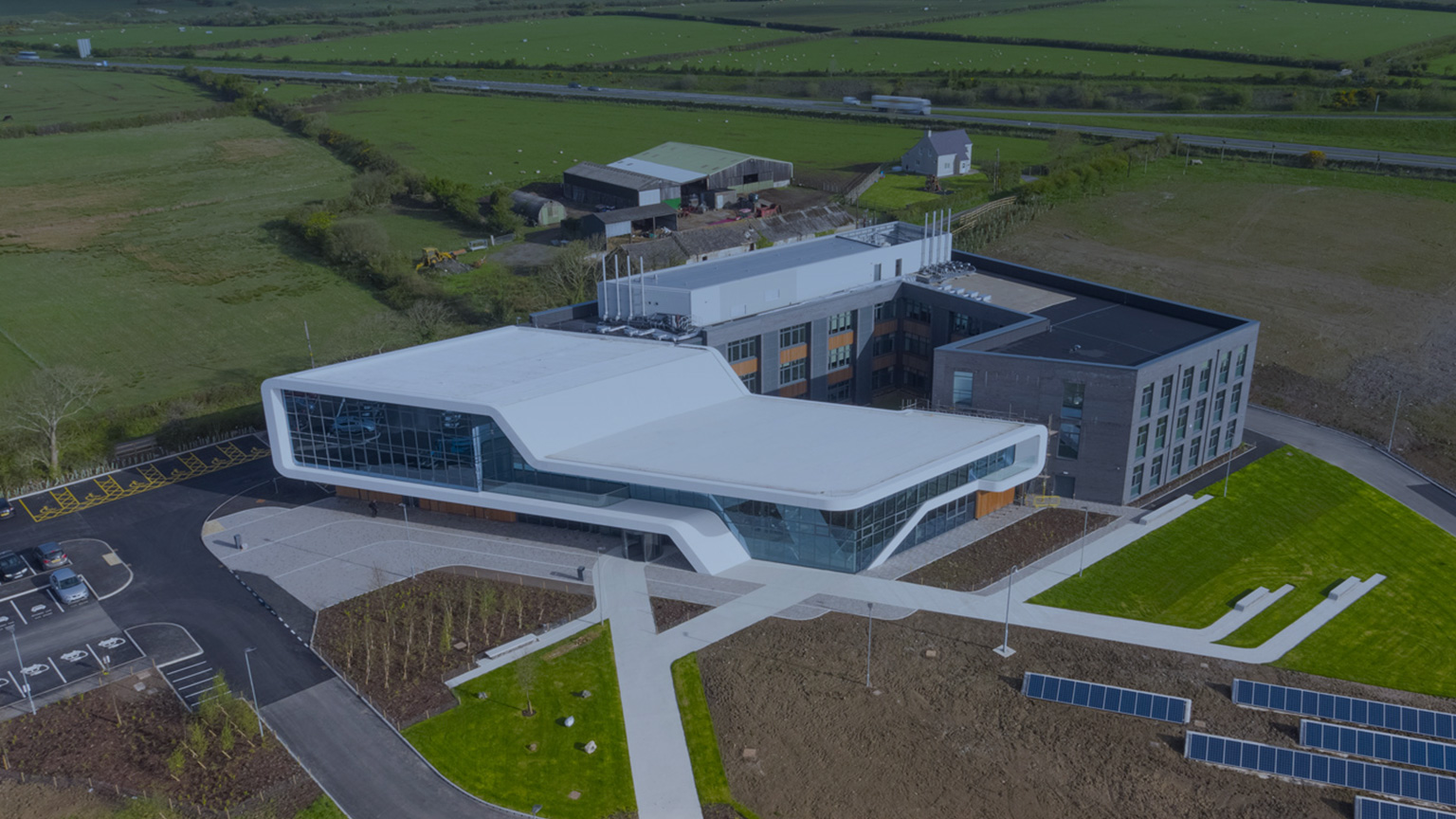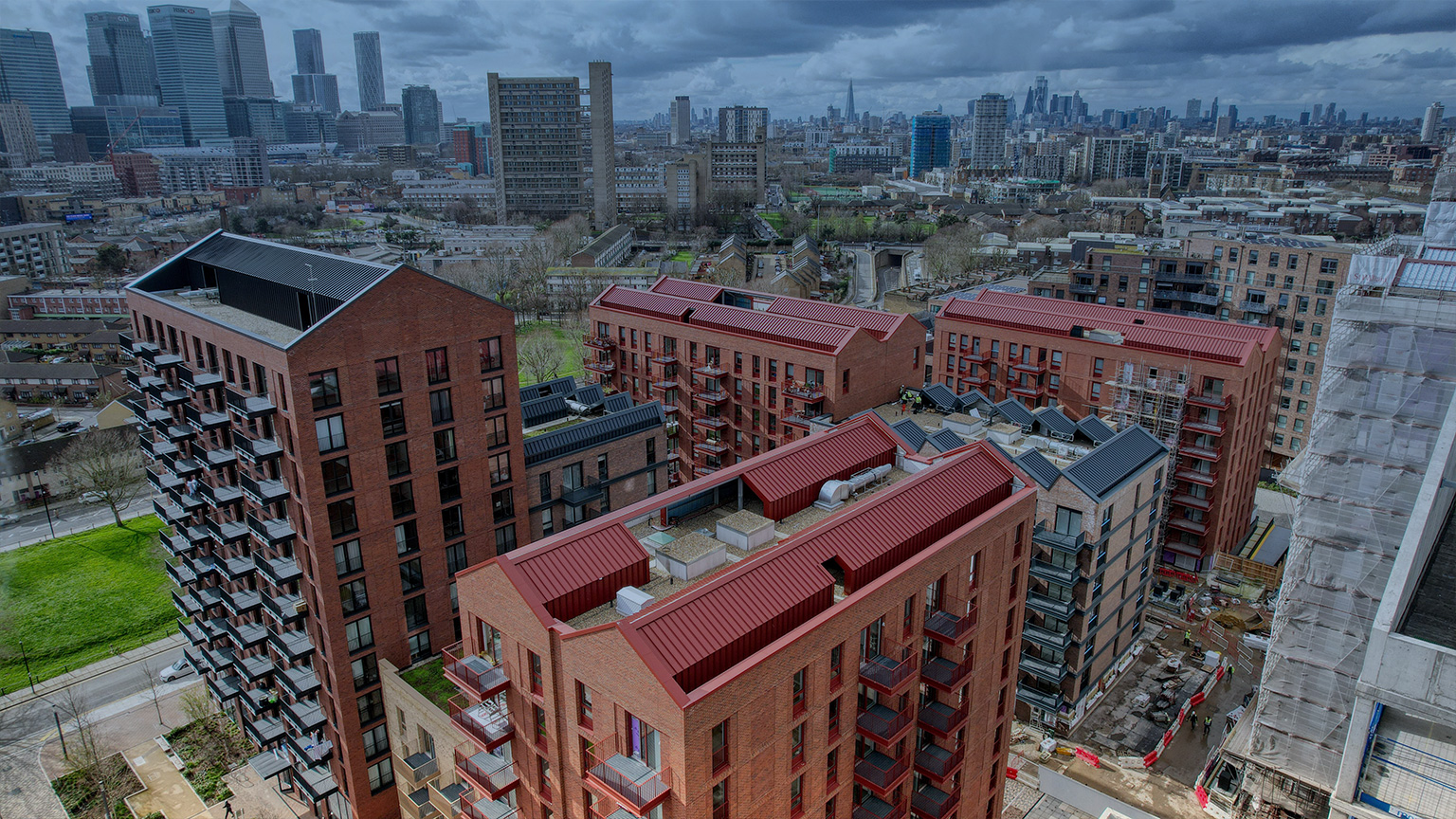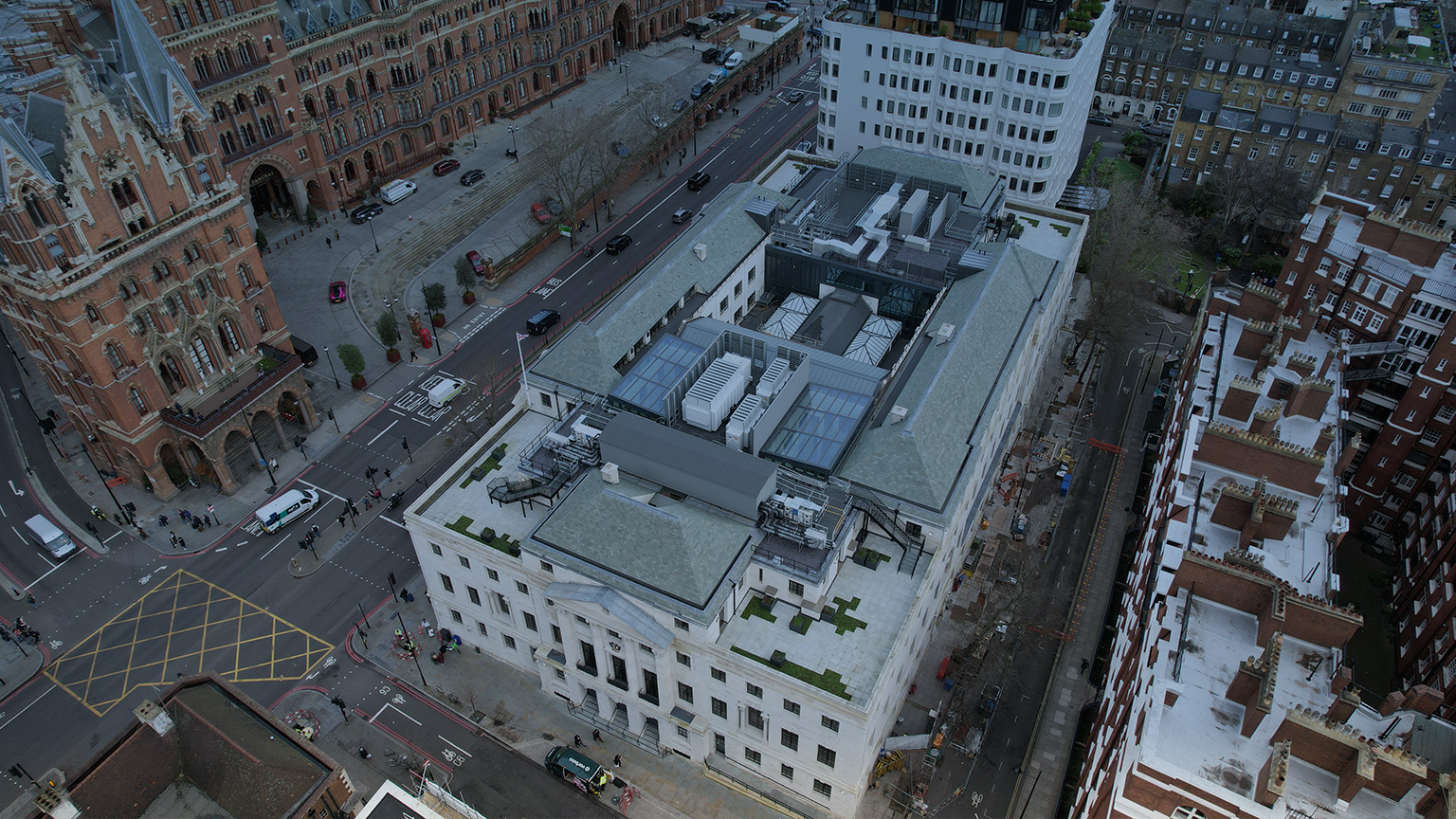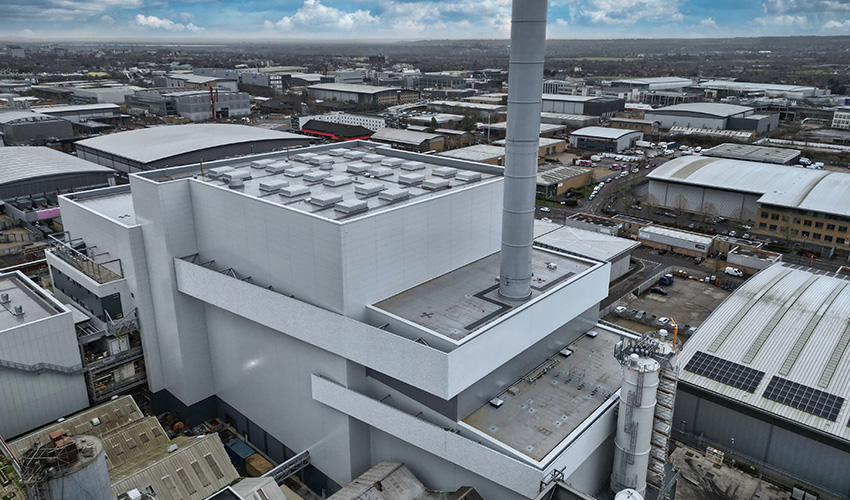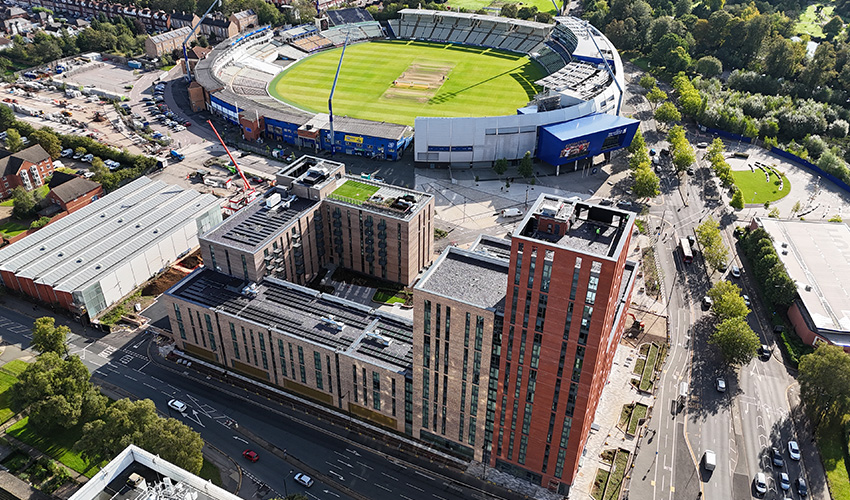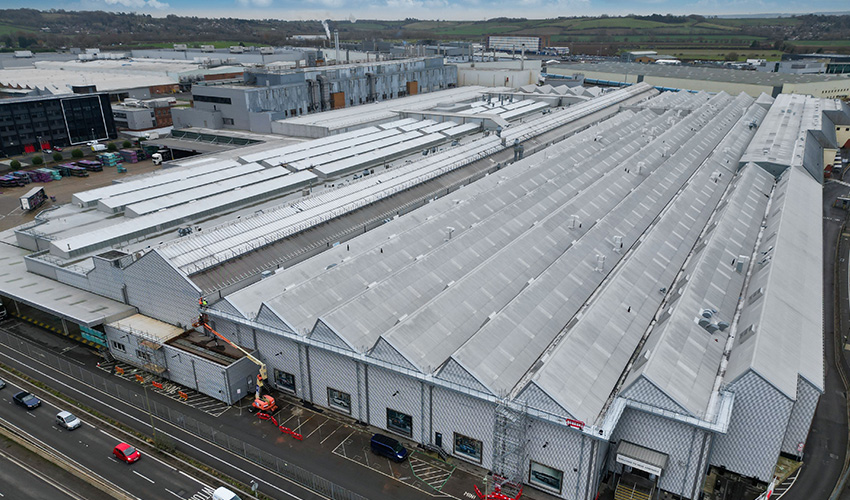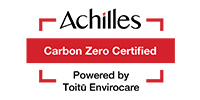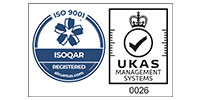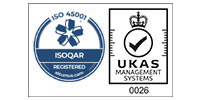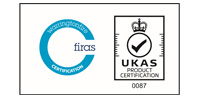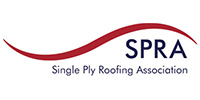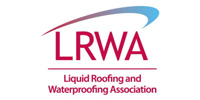A COMMITMENT TO EXCELLENCE
Established in 1975, MAC Roofing & Contracting is a family business that has grown to become one of the country’s leading installers of roofing and cladding systems.
Over a period spanning more than four decades, we have been trusted to deliver countless waterproofing installations on both new build and refurbishment projects, working on some of the most prestigious buildings in the UK.
A COMMITMENT TO EXCELLENCE
Established in 1975, MAC Roofing & Contracting is a family business that has grown to become one of the country’s leading installers of roofing and cladding systems.
Over a period spanning more than four decades, we have been trusted to deliver countless waterproofing installations on both new build and refurbishment projects, working on some of the most prestigious buildings in the UK.
LATEST PROJECTS
Below are some of MAC’s latest roofing and cladding projects. To view more please visit our dedicated case studies page.
Need help with your next project?
Please get in touch and we’d be happy to help!
